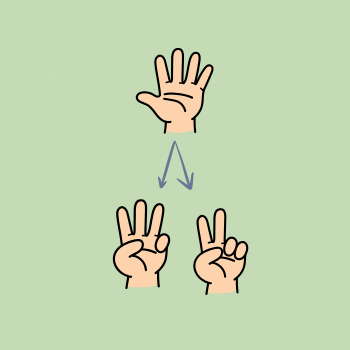
Explore how early math routines help students understand that numbers are composed of other numbers: a foundational idea that supports place value, fractions, and meaningful problem solving.
August 6, 2025
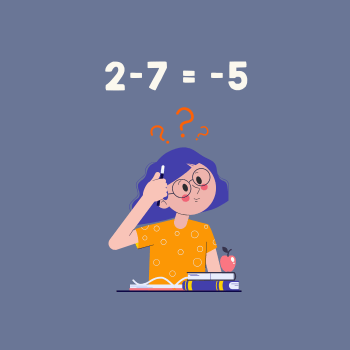
We tell students that adding makes numbers bigger and subtracting makes them smaller, but even in kindergarten, we see examples that don’t fit.
July 23, 2025
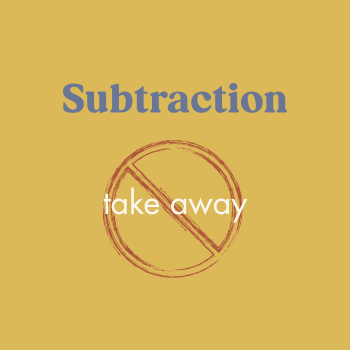
Subtraction isn’t about taking something away. It’s about making sense of relationships. See why “take away” leads to misconceptions and how to shift your language.
July 9, 2025

“Equal” doesn’t just mean “the same.” Let’s unpack what equal really means in early math, and how to help students make sense of it using concrete experiences, representational models, and clear language.
June 25, 2025
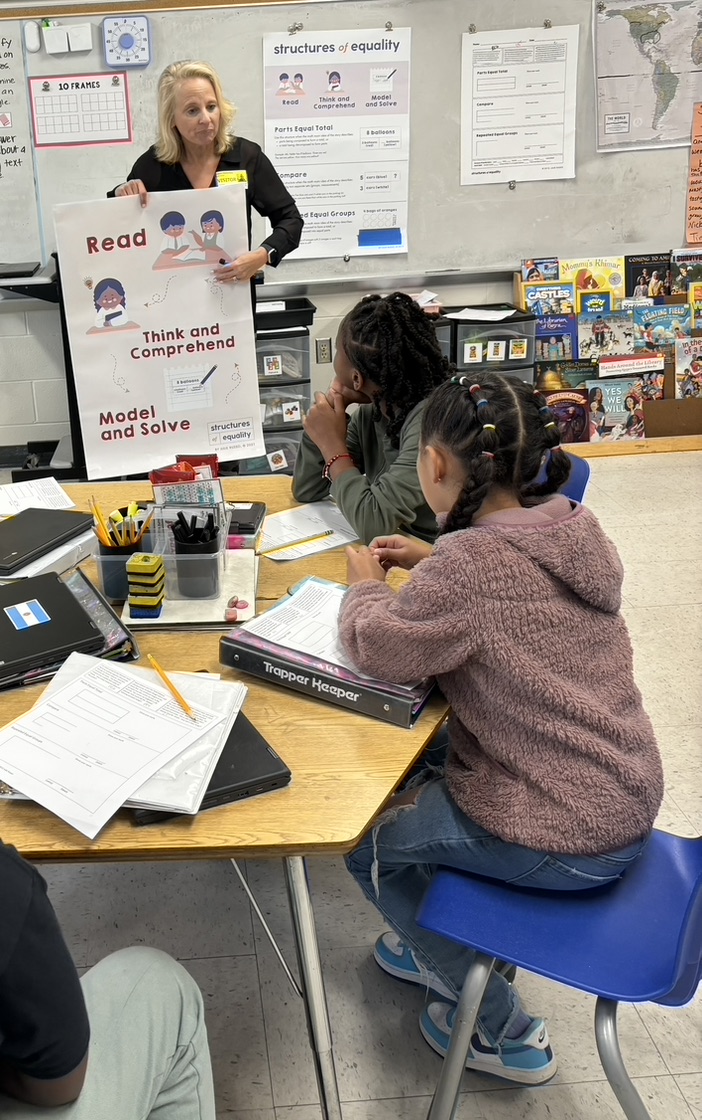
A reflection on how Pam Seda’s work validates my mission to bring equity, comprehension, and deep thinking into math classrooms.
June 11, 2025

Math anxiety can create real barriers for students. Learn research-backed strategies to help your students feel more confident, supported, and successful in math.
May 28, 2025

Math anxiety is more than nervousness before a test. It’s a persistent fear of engaging with math. Learn how recognizing it can change your classroom culture.
May 27, 2025

Just because a student can’t calculate fluently doesn’t mean they can’t think deeply. Let’s dismantle gatekeeping and open access to rich, meaningful math for all students.
May 14, 2025

Struggling with how to teach greater than and less than effectively? Learn why conceptual understanding should come before symbols, how to scaffold comparison work, and when to introduce symbols
May 7, 2025
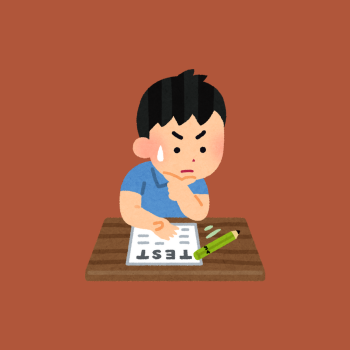
Test anxiety can cause students to disengage and fear failure. Learn why it happens, what it looks like, and how to create a supportive classroom that builds confidence and resilience.
April 30, 2025
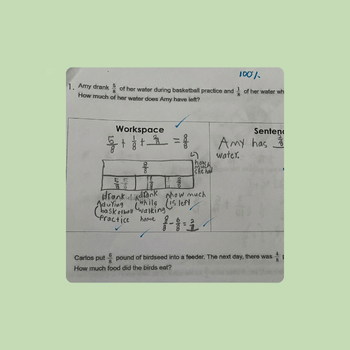
Many students struggle with math not because of computation, but because they don’t know where to start. Learn how Structures of Equality (SoE) helps students decode word problems and build confidence in problem-solving.
April 23, 2025
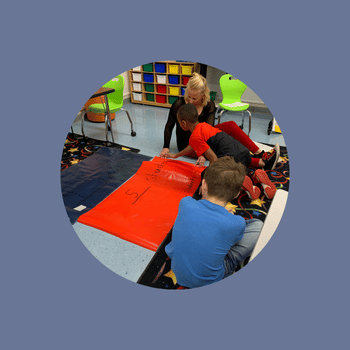
Most kids don’t struggle with math because they can’t do the calculations—it’s because they don’t fully understand how numbers work together. SoE changes that by helping students see the bigger picture: how numbers break apart, how equality actually works, and why units matter.